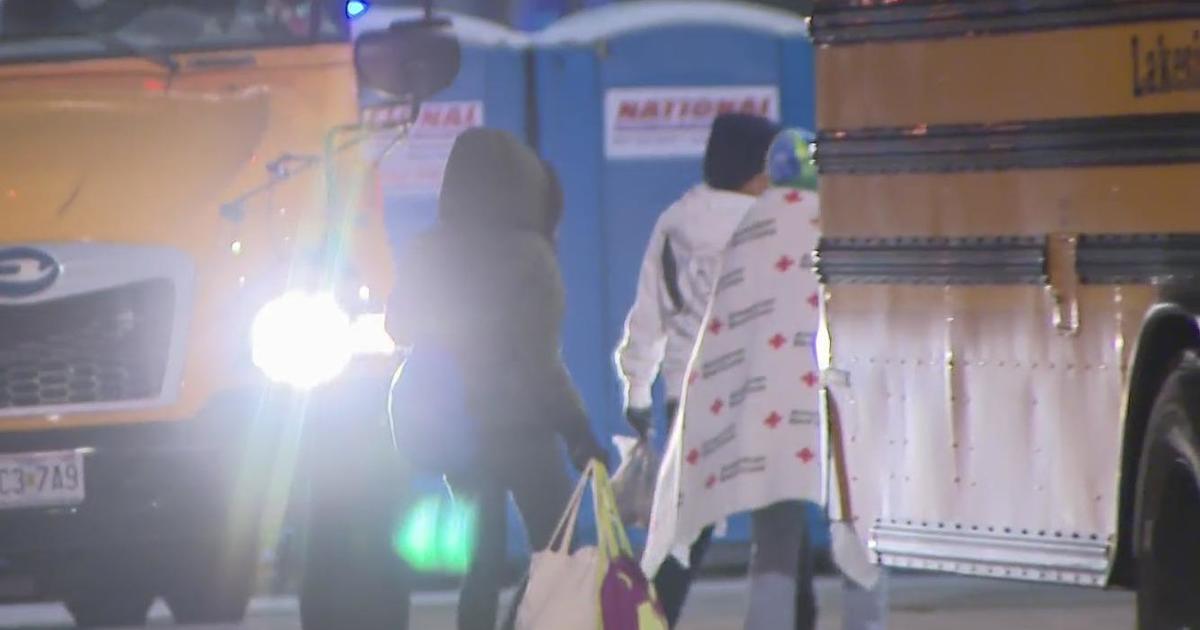Quinn Signs 70 MPH Speed Limit For Rural Highways
CHICAGO (AP) — Motorists will be able to drive a little faster on Illinois' rural interstates under legislation signed into law Monday by Gov. Pat Quinn, a move that puts Illinois in line with dozens of other states that already have a 70 mph or higher speed limit.
The law, effective in January, is targeted toward roadways in less populated areas and bumps up the speed limit from the current 65 mph. Counties in more urban areas, including Chicago's Cook County, have the choice to opt out and are expected to do so.
The Illinois State Police and Quinn's transportation chief opposed the increase, arguing higher speeds would translate into more accidents. However, the measure had wide support on both sides of the aisle.
Quinn, who last week signed legislation to ban the handheld use of cellphones by drivers, focused on keeping Illinois in line with regional and national trends.
"This limited five miles-per-hour increase will bring Illinois' rural interstate speed limits in line with our neighbors and the majority of states across America, while preventing an increase in excessive speeding," Quinn said in a statement. "I encourage all motorists to continue to respect our traffic laws, avoid distractions and exercise common sense behind the wheel to protect the safety of themselves and others."
The Chicago Democrat had been mum on his plans and didn't hold an event to promote his signing as he often does on high-profile bills. His approval even surprised some bill sponsors.
Backers had pushed the measure as a way to improve safety as most drivers already go over posted speeds.
"What's the most dangerous is the disparity in speed," said Democratic state Rep. Jerry Costello II, a bill sponsor and former police officer.
He and fellow bill sponsor state Sen. Jim Oberweis, a Republican, said the increase would create a more even traffic flow.
Several of Illinois' neighboring states — Indiana, Iowa and Missouri — already have speed limits at 70 mph or more.
States began increasing speed limits after Congress scrapped the often-ignored federal limits of 55 mph on most roads and 65 mph on rural interstates. The federal speed limit law had been passed to reduce fuel consumption after the 1973 oil embargo and safety advocates lauded it for the subsequent drop in road deaths and injuries.
But the 1995 repeal was pushed by lawmakers who were angered by what they said was federal officials overstepping states' rights.
The new law in Illinois applies to four-lane divided highways and allows state transportation officials some discretion — for instance if a roadway was built some time ago and can't handle the high speeds.
Still, opponents, including the DOT, had argued say there's a safety trade off with higher speeds.
Those opposed pointed to a 2009 study in the American Journal of Public Health examining traffic fatalities that happened between the federal speed limit being dropped and 2005.
It found a 3.2 percent increase in deaths attributable to the higher speed limits on all types of roads. The increase was highest on rural interstates, jumping 9.1 percent. The study estimated more than 12,500 deaths were attributable to the increased limits.
(TM and © Copyright 2013 The Associated Press. All Rights Reserved. This material may not be published, broadcast, rewritten or redistributed.)



